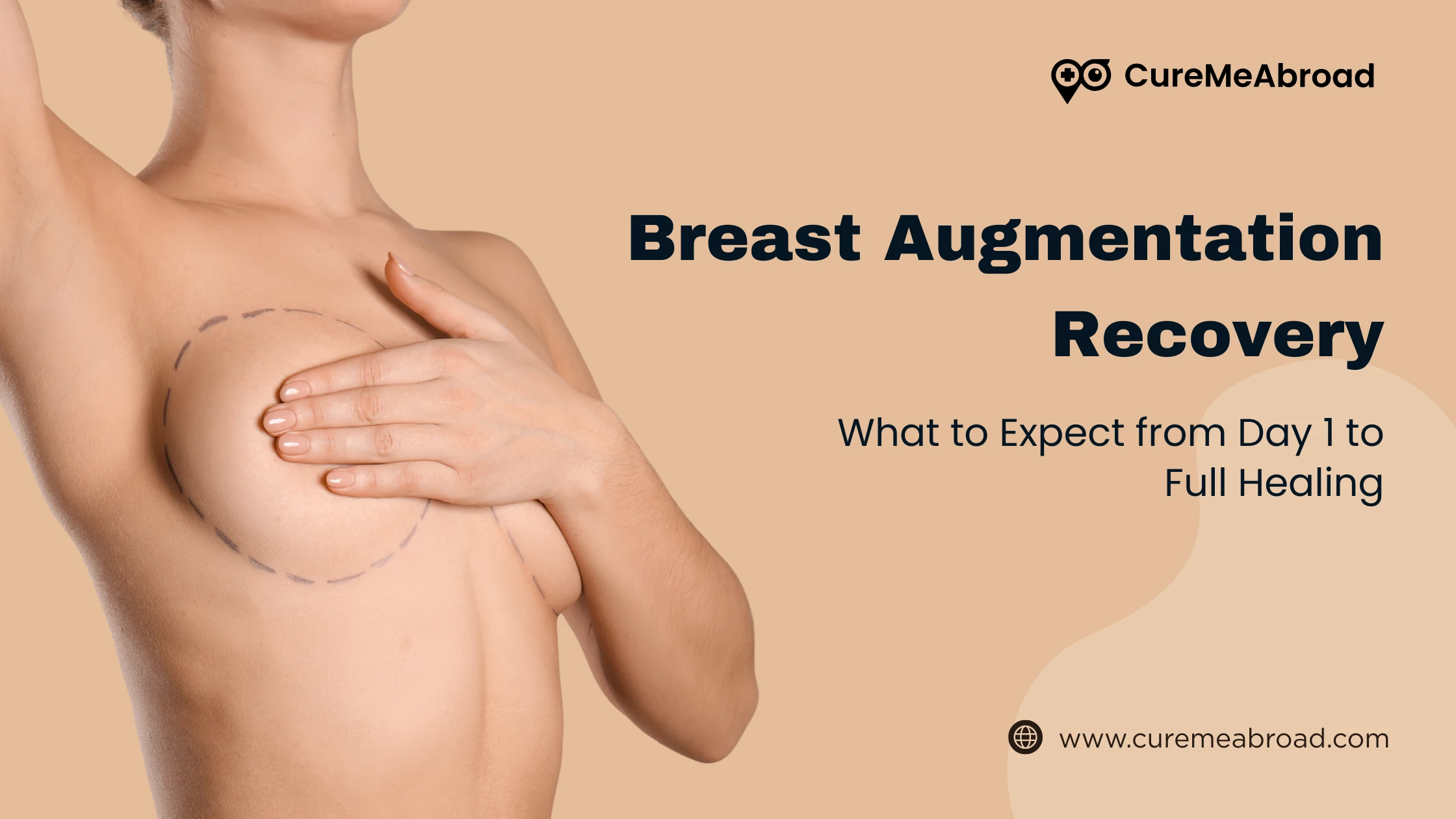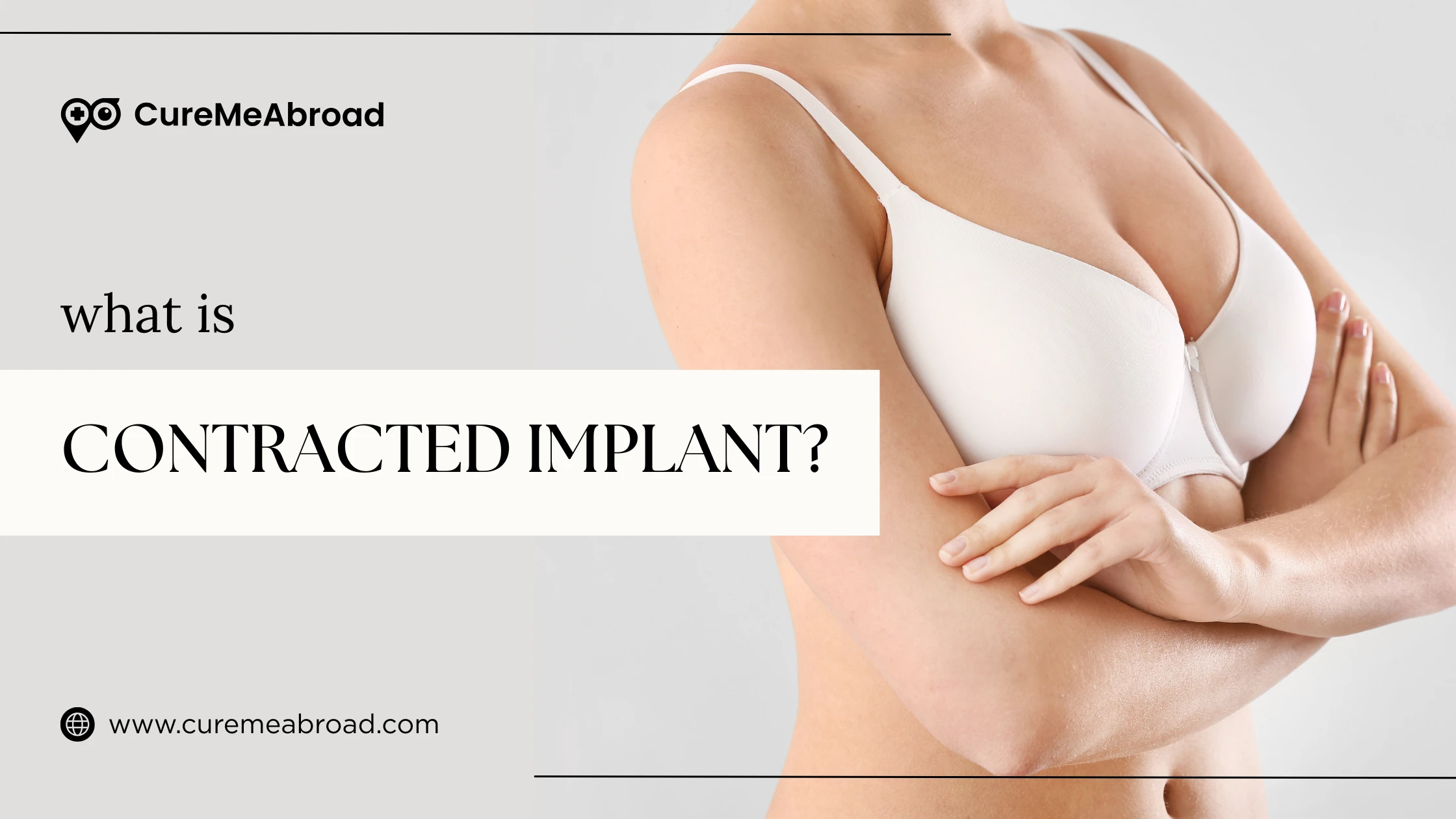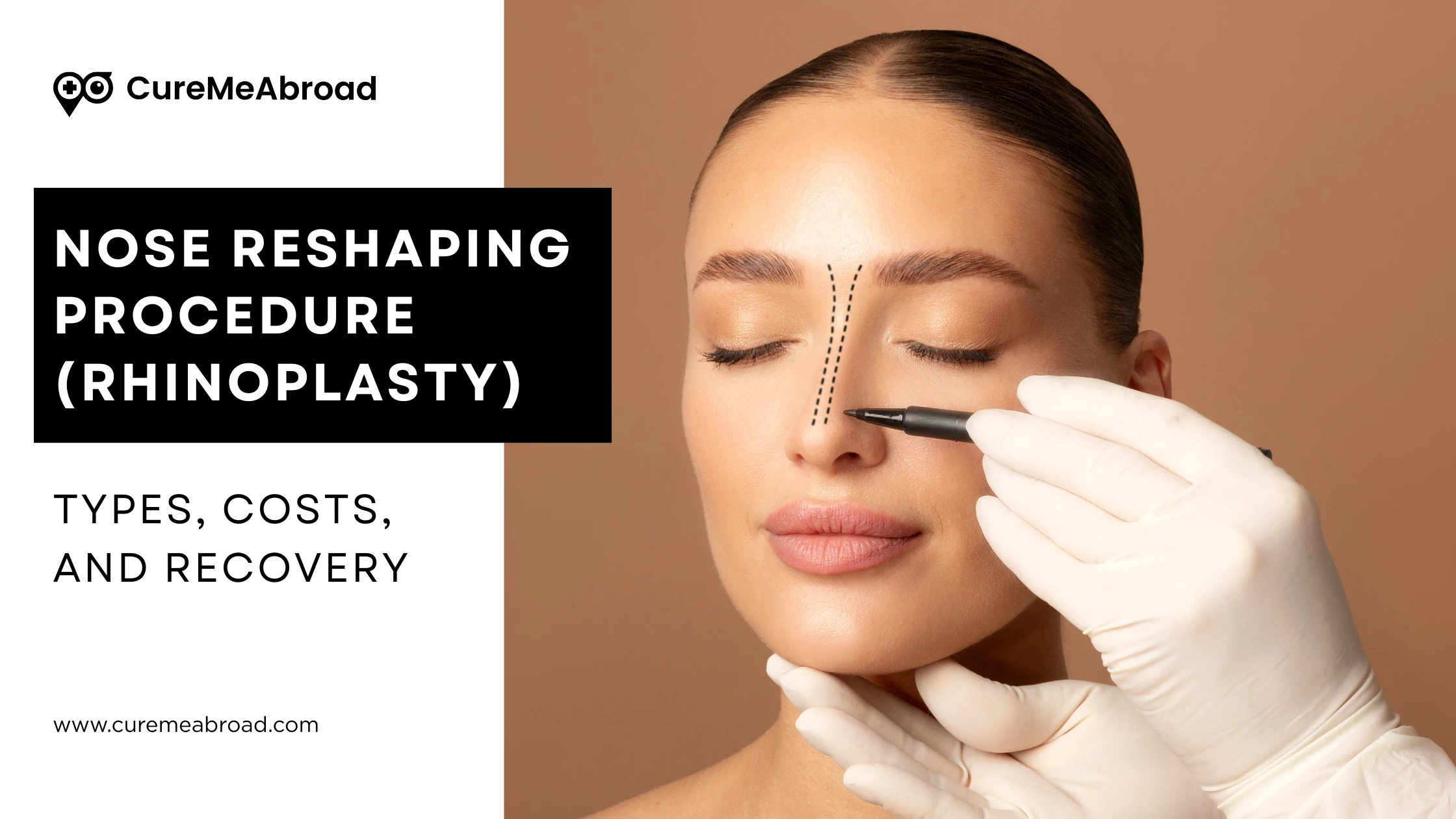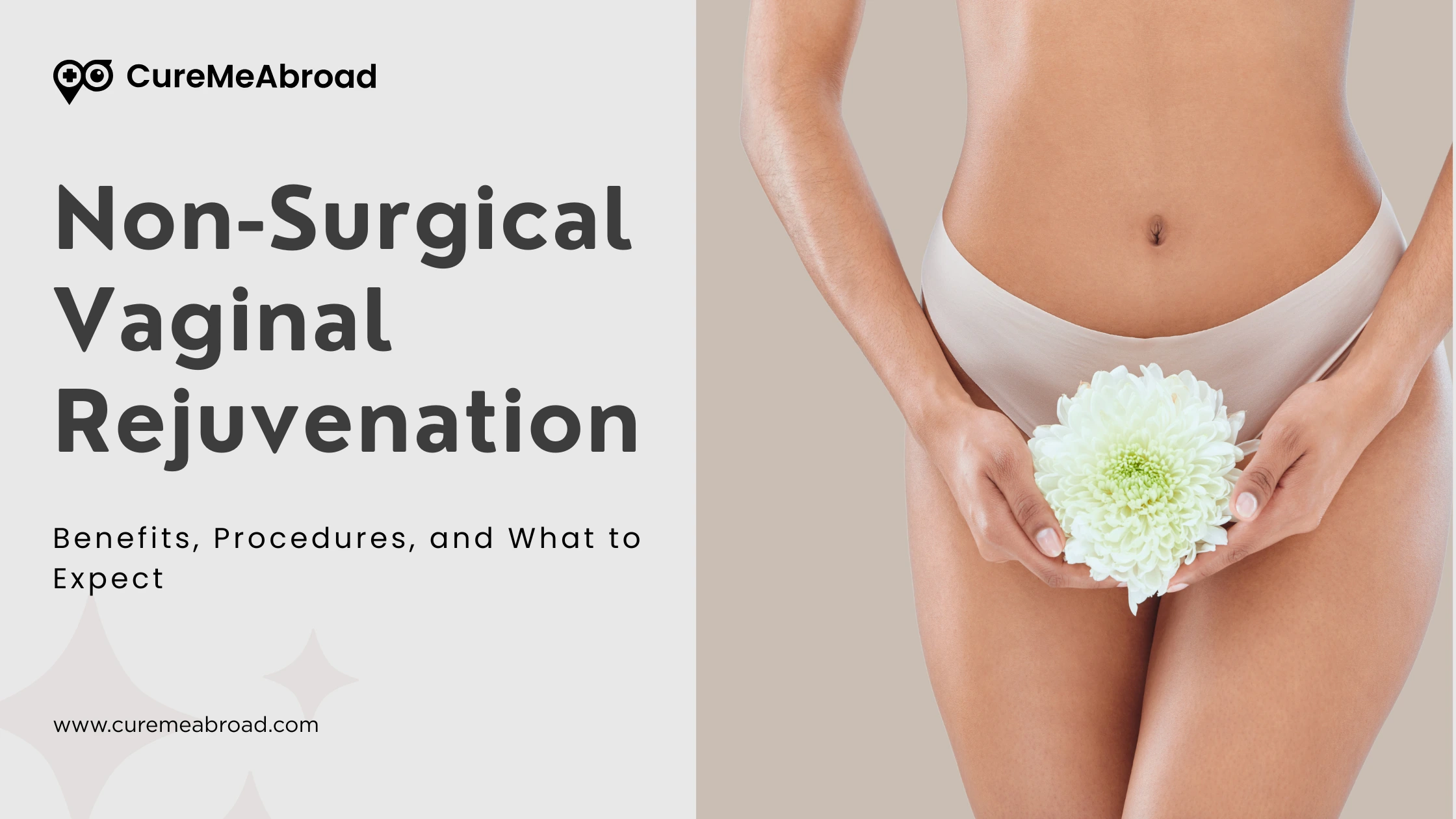Breast augmentation surgery can be an exciting step for anyone looking to enhance their breast shape and size. However, what happens after the operation is just as important as the procedure itself. Understanding breast augmentation recovery helps patients manage expectations, prepare mentally and physically, and ensure proper healing.
This detailed guide covers what to expect from the first day after surgery to full recovery, including pain levels, swelling, scar care, and answers to the most common patient concerns.
Understanding the Breast Augmentation Recovery Process
Every woman’s body heals differently, but general stages of breast augmentation recovery follow similar patterns. The entire healing process typically spans from 6 weeks to 3 months, with noticeable improvements over time. To make things easier, this guide breaks down what to expect day by day, week by week.
Your breast augmentation recovery will depend on several factors:
- The surgical technique (under or over the muscle placement)
- Implant size and type
- The patient's age and healing capacity
- How closely post-operative care instructions are followed
Proper rest and careful follow-up visits play a crucial role in minimizing complications.
Day 1: The First 24 Hours After Surgery
The first day of breast augmentation recovery is usually the most delicate. When you wake up from anesthesia, it is normal to feel groggy and sore. The chest area will likely feel tight due to swelling and implant placement.
Typical symptoms during the first day include:
- Mild to moderate pain at the incision sites
- Swelling and pressure on the chest
- Possible nausea due to anesthesia
- Fatigue or dizziness
Your surgeon will provide pain medication and antibiotics to prevent infection. It’s normal to have a support garment or surgical bra to help reduce movement and support the healing tissues.
Patients should not drive or perform any activity that strains the chest or arms. A family member or friend should stay with you during the first 24 hours of breast augmentation recovery in case of any difficulty.
Days 2–3: Managing Pain and Resting
Over the next couple of days, expect soreness and swelling to continue. Pain peaks around day 2 or 3 after the operation. Taking prescribed medications on schedule helps maintain comfort. During this early stage of breast augmentation recovery, it is normal for breasts to feel firm, high, or misshapen. This is due to the body adjusting to the presence of implants.
Things to focus on during these first few days:
- Limit physical activity to short walks around the house to promote circulation.
- Keep the upper body elevated while sleeping to reduce swelling.
- Avoid lifting arms above the shoulders or carrying anything heavy.
- Stick to a healthy, light diet and drink plenty of fluids.
Some bruising or redness is expected. If severe pain, drainage, or fever occurs, contact your surgeon immediately.
Week 1: Returning to Light Activity
By the end of the first week, most patients start to feel better. Pain and swelling should begin to decrease, making it easier to move around. Many surgeons allow patients to return to work after 5–7 days, depending on the job type and recovery progress.
During week one of breast augmentation recovery, some additional signs you may notice include:
- Numbness or tingling around the nipples or incision areas
- Itching as the incision sites heal
- Slight asymmetry between breasts (temporary)
- Continued chest tightness
Continue wearing the surgical bra or compression garment 24/7 unless bathing. It provides essential support for your healing breasts. Avoid any upper-body exercise or bending forward suddenly.
Week 2: Reducing Swelling and Adjusting to Changes
During the second week, swelling and bruising should visibly decrease. The implants begin to settle slightly, and the chest will start to feel more natural. However, breasts may still appear higher than expected at this stage.
Key care points during the second week of breast augmentation recovery:
- Continue sleeping on your back.
- Attend your follow-up appointment to check incision sites and healing progress.
- Take gentle walks for better blood flow but avoid workouts.
- Maintain a clean dressing if any steri-strips or surgical tapes are still present.
Some women may experience mild itching or sensitivity in the breast area. This is a typical sign that tissues are healing. If you notice redness or unusual swelling around incisions, it’s best to inform your doctor.
Weeks 3–4: Transitioning Toward Normalcy
By the third and fourth weeks, daily comfort should return. Pain should be almost gone, allowing most women to resume regular routines like office work and errands. However, strenuous activities or lifting weights should still be avoided.
During this stage of breast augmentation recovery, you might observe:
- Breasts starting to “drop and fluff,” meaning they settle into a more natural position.
- Less stiffness and more comfortable movement.
- Continued fading of bruises.
- Improved sensation near the nipples.
Your surgeon might recommend switching to a softer, supportive sports bra around this time instead of the post-surgical bra. Scar care routines, such as silicone gels or creams, can also begin once incisions have fully closed.
Week 5–6: Returning to Exercise and Confidence
Around the fifth or sixth week, most patients can resume light exercise, such as lower-body workouts or low-intensity cardio. Always get your surgeon’s approval before starting activities that involve chest movement.
You can gradually return to driving if no discomfort occurs. Most swelling should have subsided by now, and your breast augmentation recovery is nearing completion. Breasts will start to look and feel more natural as implants settle fully into position.
Still, avoid any activities with repetitive arm extension, heavy lifting, or contact sports. Patience during this time ensures proper implant stability and minimizes future complications.
Month 3 and Beyond: Complete Healing and Final Results
After three months, breast augmentation recovery is largely complete. The incisions have healed, swelling has disappeared, and scars start to fade. Breasts should feel soft and natural to the touch, achieving their final shape and position.
From this point forward:
- Continue moisturizing or applying recommended scar creams.
- Resume all physical activities gradually.
- Attend periodic checkups to ensure implants remain positioned correctly.
You will notice improved confidence and satisfaction with your new body shape. However, always remember that scar maturation can take several more months to a year to fade completely. Wearing sunscreen or avoiding direct sunlight helps prevent pigmentation.
Common Doubts During Breast Augmentation Recovery
Patients often have several questions after surgery. Here are the most common doubts, answered in simple terms.
When will my breasts look natural?
Most patients see natural-looking results between 8 to 12 weeks after surgery once swelling subsides and implants settle.Will I feel pain for weeks?
Mild soreness and tightness may last for several weeks, but severe pain should fade within the first 10 days.Is it normal for one breast to look higher than the other?
Yes. Slight asymmetry is common during breast augmentation recovery and usually resolves as implants soften and drop evenly.Can I sleep on my side?
It is best to avoid side sleeping for at least 4–6 weeks. Sleeping on your back with chest support promotes proper implant positioning.How long should I wear a support bra?
Surgeons typically recommend wearing it around the clock for 6–8 weeks to minimize swelling and support the implants.Are scars permanent?
Scars never disappear completely but fade significantly over time. Proper care and sun protection help make them less noticeable.When can I resume sex or physical intimacy?
Most surgeons advise waiting at least two weeks or until any discomfort has subsided.What should I avoid eating?
Reduce salt intake to minimize swelling, and drink plenty of water to help tissue recovery.Will implants affect breastfeeding later?
Most women can breastfeed after augmentation, depending on placement and incision type. Always discuss this pre-surgery if future breastfeeding is planned.How often should I check my implants?
Regular annual checkups with your plastic surgeon are recommended to monitor implant condition and breast health.
Tips for a Smooth Breast Augmentation Recovery
Ensuring an easy and complication-free recovery involves conscious care and patience. These tips can help you stay comfortable:
- Always follow your surgeon’s post-operative instructions.
- Take medications as prescribed and do not skip doses.
- Keep incisions dry and protected until cleared by your doctor.
- Eat nutritious meals rich in vitamins C and E to help with tissue repair.
- Avoid smoking and alcohol during recovery months.
- Sleep in an elevated position to reduce swelling.
- Stay patient even if results don’t look perfect in the first few weeks, they will improve gradually.
Maintaining realistic expectations and staying in communication with your medical team are essential for successful results.
Emotional Aspects of Breast Augmentation Recovery
Physical healing is one part of the process; emotional adjustment is equally important. Some women experience mood swings or anxiety during breast augmentation recovery. These feelings are normal and often linked to anesthesia effects, discomfort, and temporary swelling that changes body appearance.
To manage emotional ups and downs:
- Focus on gradual improvements.
- Discuss your concerns with your surgeon during follow-ups.
- Avoid comparing your early results with someone else's.
- Take gentle walks and get fresh air to boost your mood.
- Surround yourself with supportive friends or family, and remember the transformation takes time.
When to Seek Medical Attention
Though rare, complications can arise. Contact your doctor immediately if you experience any of the following:
- Sudden swelling or severe pain in one breast
- Fever or chills indicating infection
- Significant redness around incisions
- Unusual discharge or foul smell from wounds
- Shortness of breath or chest pain
Quick attention helps avoid serious risks and ensures a safe recovery process.
Long-Term Maintenance After Recovery
Once breast augmentation recovery is complete, maintaining results requires simple yet consistent care. Regular breast exams, either self-checks or medical evaluations, help ensure ongoing health.
Important maintenance steps include:
- Wearing supportive bras to reduce sagging.
- Scheduling annual implant checkups.
- Monitoring implant integrity if you have silicone implants, MRI scans may be recommended every few years.
- Maintaining a stable body weight since weight fluctuations can affect breast shape.
If you ever notice unusual firmness, changes in breast size, or discomfort months or years later, contact your surgeon. Routine maintenance ensures confidence in your results for years to come.
Final Thoughts
Breast augmentation recovery is a journey that blends patience, self-care, and communication with your healthcare provider. Each week brings noticeable improvements, and by the third month, most women enjoy fully healed, natural-looking results.
Remember, your body is unique comparing progress too soon can lead to unnecessary worry. Follow your post-operative plan, stay positive, and give yourself the care and rest you deserve. By doing so, you’ll not only achieve the aesthetic outcome you hoped for but also support your physical and emotional well-being throughout the process.









